
EyeQube Retail is an advanced retail analytics platform that offers integrated demand forecasting and inventory optimization functions. Leveraging the latest analytical algorithms, it provides accurate forecasts of future sales for your products, allowing you to make informed decisions about inventory management. It gives organizations the power to optimize inventory levels, reduce carrying costs and increase customer satisfaction.
Using the most appropriate algorithms for different data sets, our platform can strategically adjust product stock levels according to expected demand, increase operational efficiency and maximize profitability in a dynamic retail environment, thanks to seamless integration and intuitive interfaces.
Request a DemoIt forecasts demand in the desired period by taking into account factors such as special days and seasons.
Provides stock optimization with the help of various KPIs (safety stock, transportation time, etc.) in order to meet demands and minimize total stock costs
By classifying products according to sales performance and profitability, it determines which products contribute more and facilitates strategic decision-making.
It minimizes overstocks and reduces the risk of understocks by dynamically adjusting stock levels based on demand forecasts. This optimization increases customer satisfaction while reducing costs.
It offers pricing strategies that can quickly adapt to market conditions, competition and demand changes. This provides a competitive advantage while maximizing profitability.
It optimizes employee shift planning according to demand fluctuations, increases operational efficiency and reduces labor costs.
EyeQube Retail's multi-layered design boosts scalability and performance, ensuring efficient data processing and easy maintenance.
The EyeQube Retail interface supports multiple languages, allowing users to choose their preferred language.
Analysis running screen, forecast history screen and frequently asked questions can be accessed.
You can manage your data analysis process here.
You can view your model forecast results on this page.
You can view your past model analyzes here.




It forecasts demand in the desired period by taking into account factors such as special days and seasons.
Provides stock optimization with the help of various KPIs (safety stock, transportation time, etc.) in order to meet demands and minimize total stock costs
By classifying products according to sales performance and profitability, it determines which products contribute more and facilitates strategic decision-making.
It minimizes overstocks and reduces the risk of understocks by dynamically adjusting stock levels based on demand forecasts. This optimization increases customer satisfaction while reducing costs.
It offers pricing strategies that can quickly adapt to market conditions, competition and demand changes. This provides a competitive advantage while maximizing profitability.
It optimizes employee shift planning according to demand fluctuations, increases operational efficiency and reduces labor costs.
Product Tour
Use Cases

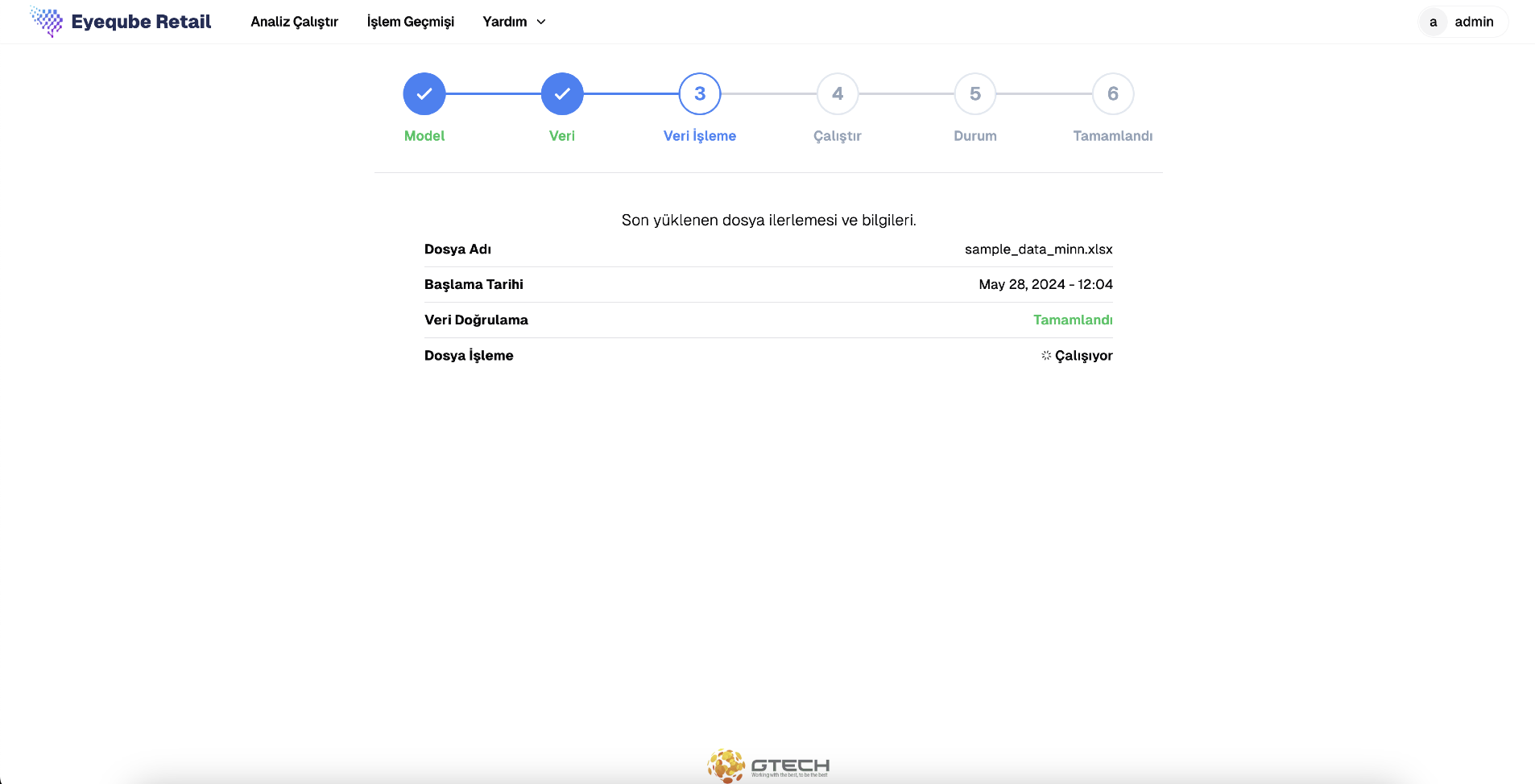
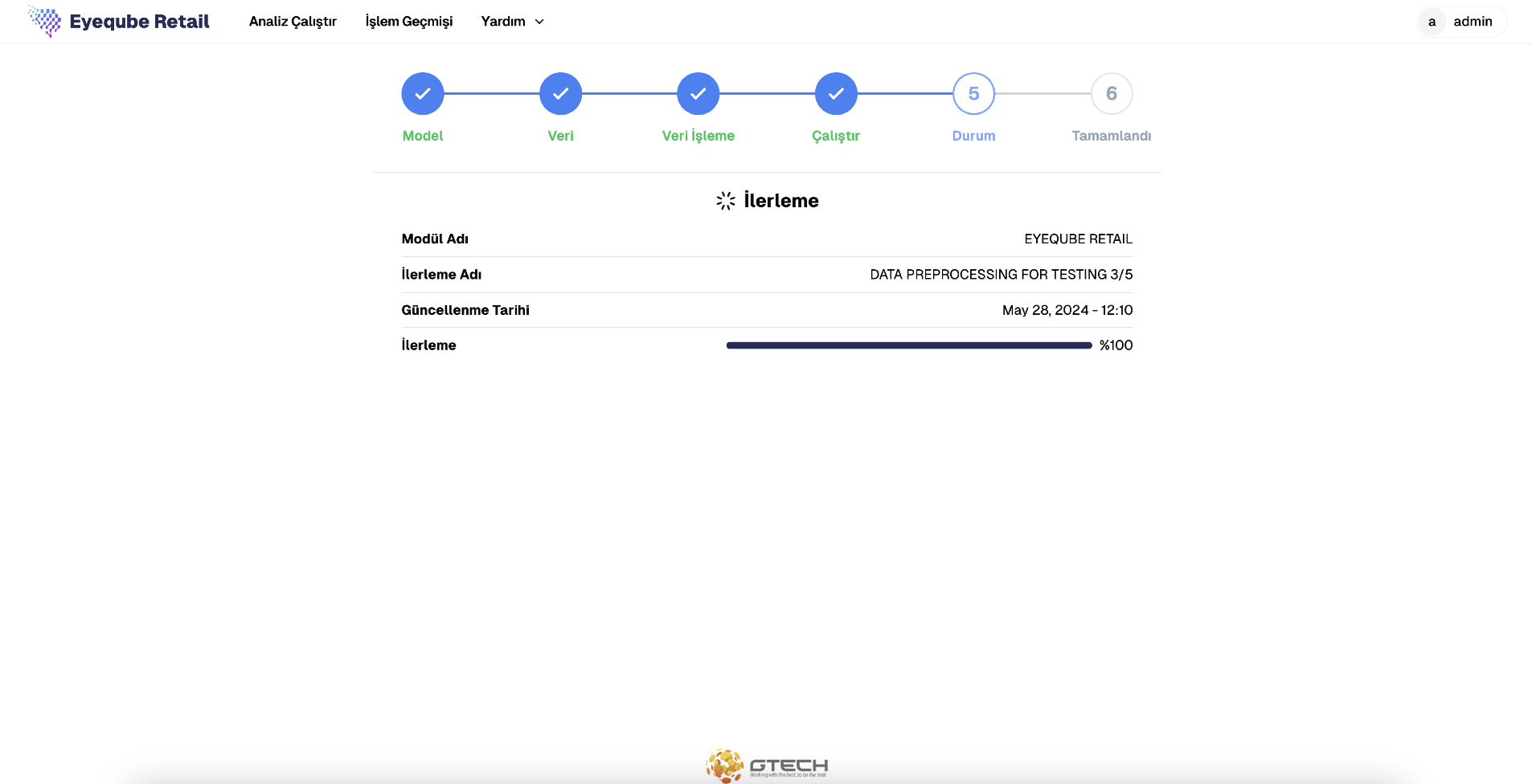

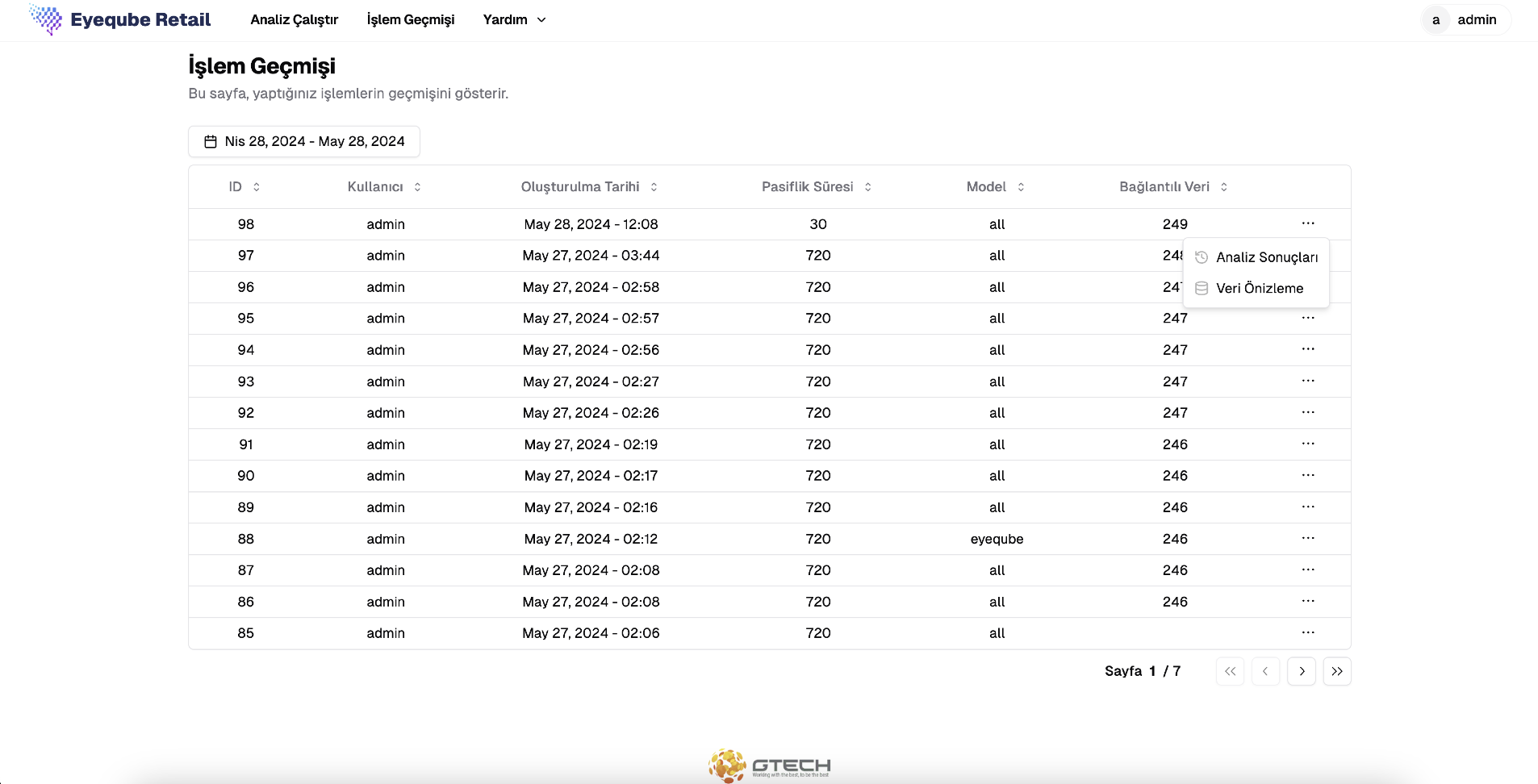
Product Tour

Regardless of the industry, the change brought by technology and digitalization has profoundly affected the structure of all organizations. When differentiated consumer behaviors are added to it, an irrepressible wind of change has blown in recent years.
Companies serving in the retail industry should be prepared for every condition in line with the needs of their customers and acquire fast action skills in order not to be left behind and not be harmed by the competitive race. Eyeqube Retail, developed to provide exactly this, ensures that future forecasts are consistent across stores, categories, product groups, and bases. In this way, the customer satisfaction is carried to the top.
With the help of data analysis, modeling, output transformation, and finally, visualization steps, the retail industry is ready for tomorrow and is leading the competition.
EyeQube Retail is an advanced retail analytics platform that offers integrated demand forecasting and inventory optimization functions. Leveraging the latest analytical algorithms, it provides accurate forecasts of future sales for your products, allowing you to make informed decisions about inventory management. It gives organizations the power to optimize inventory levels, reduce carrying costs and increase customer satisfaction.
Using the most appropriate algorithms for different data sets, our platform can strategically adjust product stock levels according to expected demand, increase operational efficiency and maximize profitability in a dynamic retail environment, thanks to seamless integration and intuitive interfaces.
Request a DemoEyeQube Retail has been incredibly effective in predicting product demand in our store. By considering factors such as holidays and seasons, it accurately forecasts demand for specific periods. This feature has helped us better manage our inventory and increase customer satisfaction. As a retail store manager, having precise demand forecasts allows us to ensure we have the right products at the right time, reducing lost sales and overstock issues.
EyeQube Retail has worked wonders in stock optimization for our wholesale business. By dynamically adjusting stock levels based on demand forecasts, it minimizes overstock and reduces the risk of understock. This optimization has helped us lower costs and improve customer satisfaction. In the wholesale sector, maintaining optimal stock levels is crucial to meeting the demands of our clients while keeping storage costs under control
The dynamic pricing feature of EyeQube Retail has allowed us to quickly adapt to market conditions and changes in demand. This has given us a competitive edge and maximized our profitability. Additionally, the A/B analysis, which classifies products based on sales performance and profitability, has been very useful for making strategic decisions. As an e-commerce operations manager, being able to adjust prices dynamically and understand product performance in real-time has significantly boosted our sales and operational efficiency.
EyeQube Retail is an advanced retail analytics platform that offers integrated demand forecasting and inventory optimization functions. Leveraging the latest analytical algorithms, it provides accurate forecasts of future sales for your products, allowing you to make informed decisions about inventory management. It gives organizations the power to optimize inventory levels, reduce carrying costs and increase customer satisfaction.
Using the most appropriate algorithms for different data sets, our platform can strategically adjust product stock levels according to expected demand, increase operational efficiency and maximize profitability in a dynamic retail environment, thanks to seamless integration and intuitive interfaces.
Request a Demo
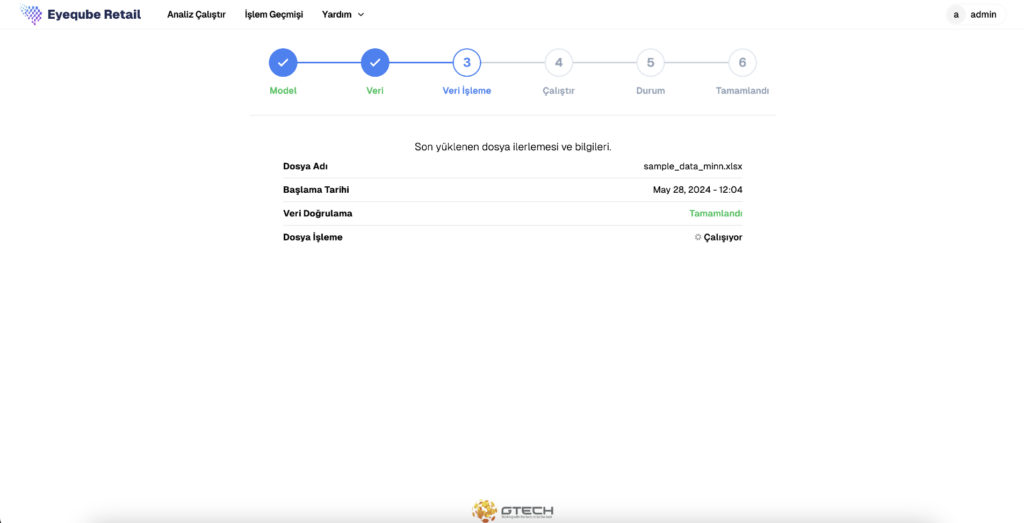
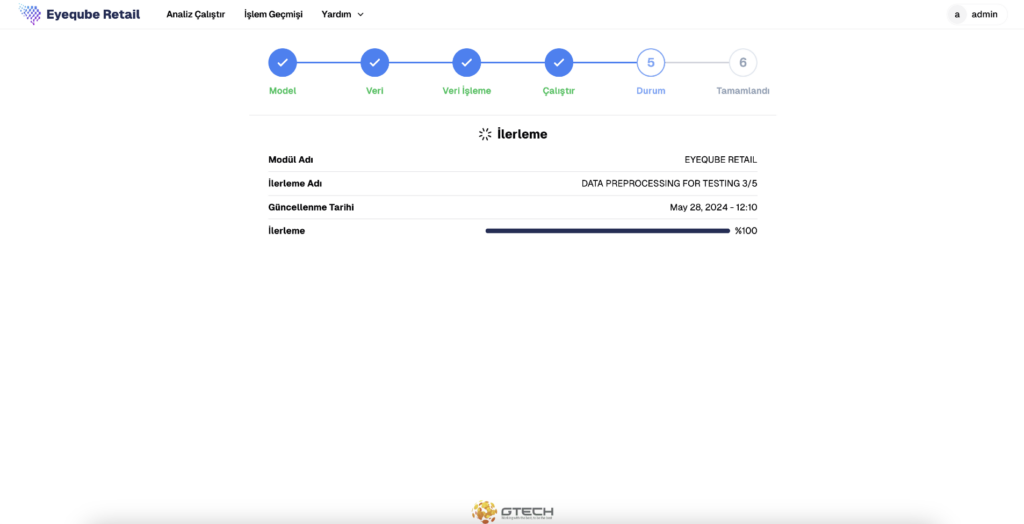








With the experience we have accumulated over the years in data science, we add value to the processes of the retail industry with data; we make today's smart decisions by making use of yesterday's data.
We empower retail companies by realizing that the decision a business makes today is the dominant force in shaping the future.
We expertly integrate the information obtained through every layer, area, and meaning of data into the retail industry, and we provide extensive field experience.

Our solution is a comprehensive retail analytics platform that combines advanced demand forecasting capabilities with precise inventory optimization algorithms. Because it can seamlessly adapt to changing data complexities, it gives businesses the power to predict market trends and consumer behavior with unparalleled accuracy. Dynamically adjusting inventory levels based on prediction through analytics With intuitive user interfaces and automated algorithm selection, our platform delivers actionable insights that drive strategic decision-making and sustainable growth in the retail industry.
It makes demand forecasts for the desired period by taking into account factors such as holidays and seasons.
In order to meet demand and minimize total inventory costs, it performs inventory optimization with the help of various KPIs (safety stock, transportation time, etc.).
In addition to the inventory optimization mechanism based on demand forecasting, it allows the processing of a rule mechanism specific to companies. However, it instantly answers the question of how many products are needed for any store or product.
It allows for estimating and planning the production needs of manufacturing companies.
In forecasting-based problems, it includes both various optimization constructs and the ability to adjust KPIs to meet the requirements.
With the infrastructure strengthened with different algorithms, it automatically selects the best method for the specific problem.